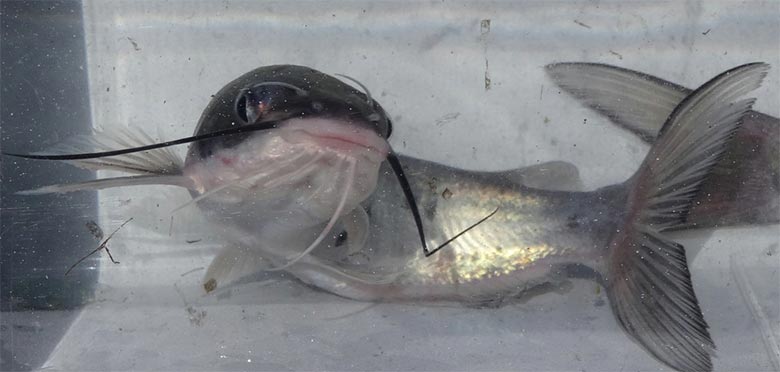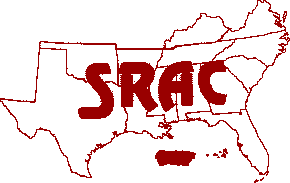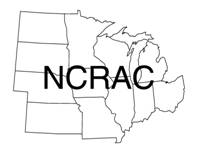
Need assistance with wildlife and fish management on your ranch, backyard, or pond? Simply call your local County Extension Agent.
Catfish can be grown in ponds, cages and raceways, but more than 95 percent of all catfish are produced in earthen ponds. Channel catfish need warm water for good growth; 80 to 85 degrees F is the optimum temperature, though some growth occurs at temperatures as low as 60 degrees F. All regions of Texas are suitable for commercial catfish production. Northeast Texas has about 200 days per year when water temperature is above 60 degrees F, while South Texas may have more than 320 days. Other factors being equal, the longer the growing season, the greater the annual production and return on investment.
The future for catfish farming in Texas is bright. The Texas climate is nearly ideal for production and more catfish is consumed in Texas than in any other state. There are challenges such as uncertain markets, controlling off-flavor, water quality management, bird predation, harvesting difficulties, disease management, and effluent discharge regulations. While the risks are not too different from those of other agricultural enterprises, much more time and effort are needed to manage catfish production than most other crop or livestock enterprises.
-Texas A&M AgriLife Extension Publication No. E-342, Texas Catfish Production In Ponds



